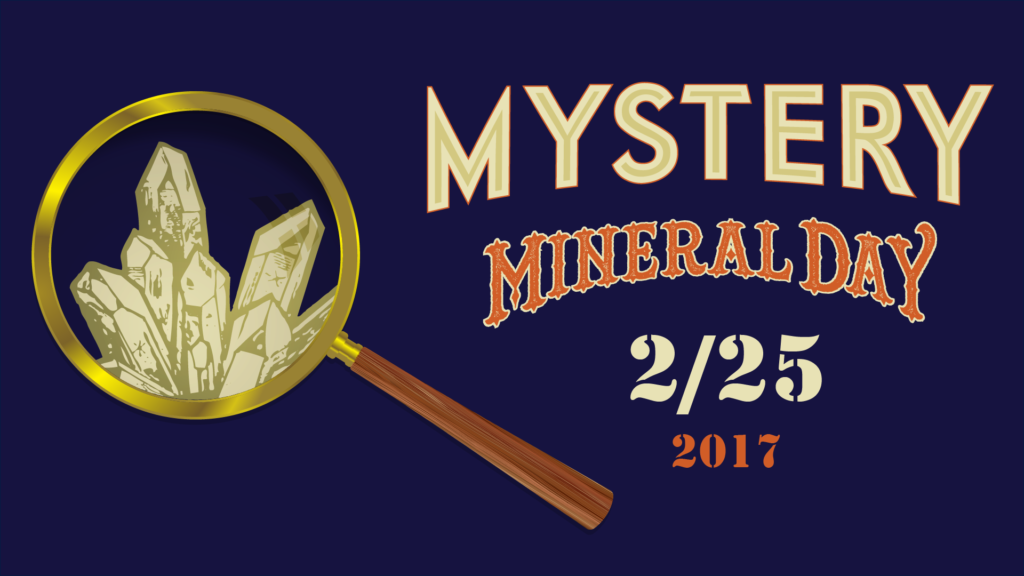Bring Your Finds to Mystery Mineral Day February 23, 2019
Mark your calendars for the next Mystery Mineral Day, scheduled for Saturday, February 23, 2019 in the Northwest Gallery. This always-anticipated event runs from 10:00 am to 2:00 pm and is included with admission to the museum. Every year, the Museum organizes a panel of experts in the fields of rock & mineral identification, fossil study, and meteorite analysis. We bring together experts from multiple fields to inspect your “mystery†finds and tell you what you’ve found. Represented organizations include: The North America Research Group (NARG), a prominent local fossil study organization The Cascadia Meteorite Laboratory (CML), the leading Oregon resource for meteorite identification, based at Portland State University Noted mineral collectors on the Museum’s Board of Directors; past experts included Gene Meieran, Scott Akenbrand, and Bruce Carter Staff from the Rice NW Museum of Rocks and Minerals, including Curator Julian Gray One of the exciting opportunities you can take advantage of is the chance to present potential meteorites to the panel. Most such specimens turn out to be “meteor-wrongs†and end up being slag, parts of old tools, or other man-made objects. But not always. In 1999 Donald Wesson and his wife Debbie discovered a large, interesting rock in a ditch in Oregon’s Morrow County and carried it home. After 10 years of storage, Mr. Wesson was inspired by a television show about meteorites to take the rock to a local county fair. Experts there were intrigued, and eventually, the 40-lb. rock was indeed verified as a meteorite. The Wessons sold their find, and in late 2018, it was acquired permanently by the Rice NW Museum and is now on display here. If you’ve got an old specimen laying around that you’ve always wondered about, bring it in! Gravels from the Willamette River and the Pacific Ocean beaches are a specialty every year, and our panel excels in identifying agates, jasper, quartz, and petrified wood. Mystery Mineral Day is also a great opportunity to show off any noteworthy discoveries you made recently, to make the curator aware of your finds. In 2018, local collector Mike Kaufman brought in some excellent amethyst and quartz specimens he discovered in Tillamook County along a logging road in Oregon’s Coast Range. A pair of the noteworthy pieces are now on display thanks to Mike’s generous loan to the Museum.
Bring Your Finds to Mystery Mineral Day February 23, 2019 Read More »



